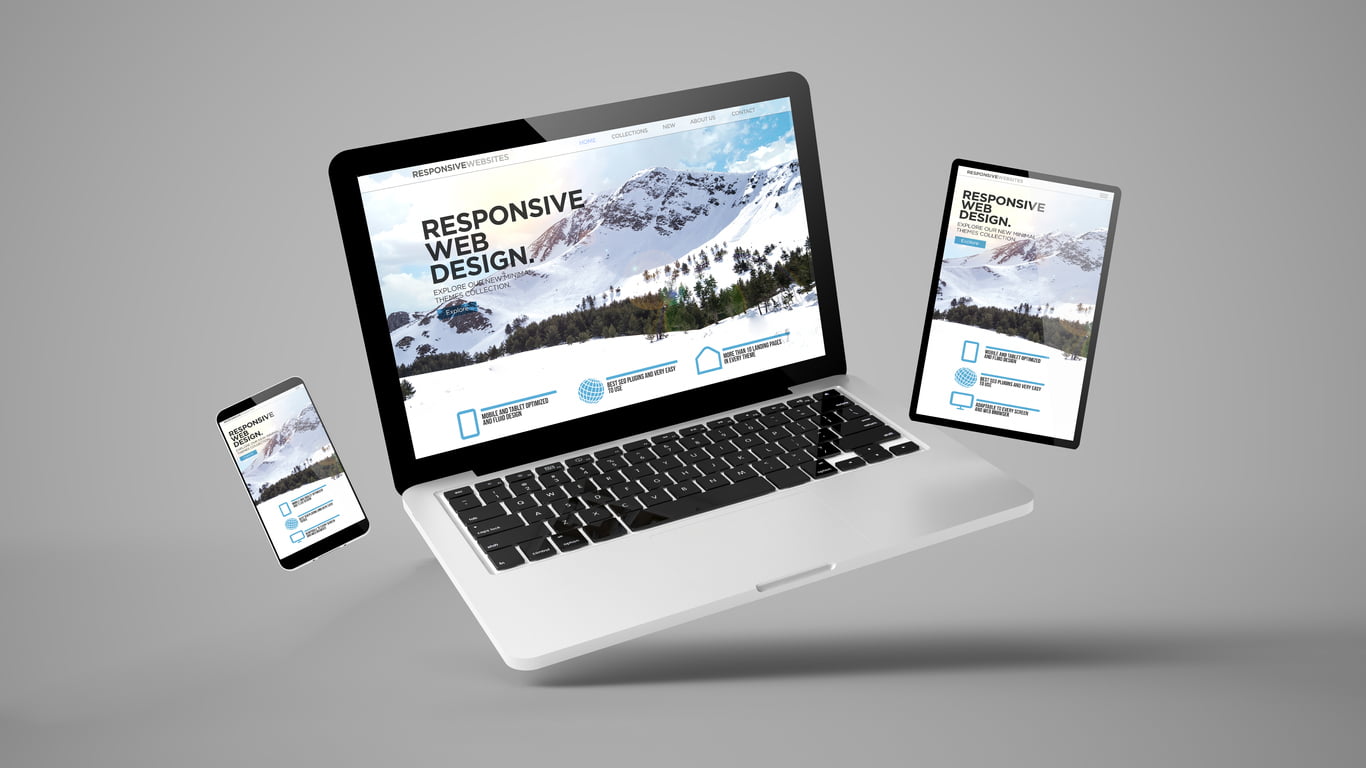
Ditch DIY Disasters: The Entrepreneur’s Guide to Brochure Design
Mark Hale ‐ 08/22/2023

Mark Hale ‐ 08/22/2023

Mark Hale ‐ 08/10/2023

Mark Hale ‐ 05/25/2023

Mark Hale ‐ 04/11/2023

Mark Hale ‐ 04/03/2023

Mark Hale ‐ 03/28/2023

Mark Hale ‐ 03/22/2023

Mark Hale ‐ 03/13/2023

Mark Hale ‐ 03/15/2022

Mark Hale ‐ 02/24/2022

Mark Hale ‐ 02/16/2022

Mark Hale ‐ 11/01/2021
©2024 All Rights Reserved. Wilson Print Marketing USA
Built With by Wilson Print Marketing USA